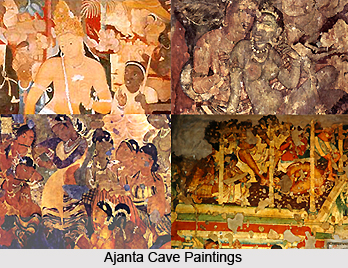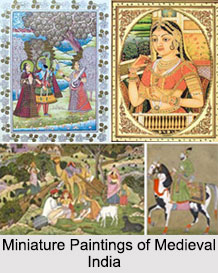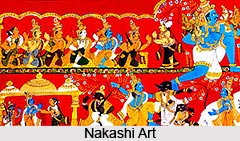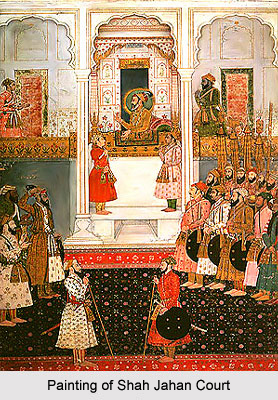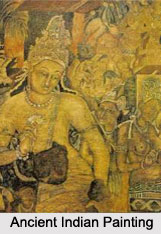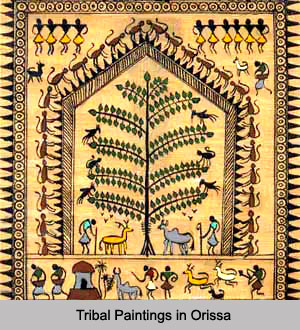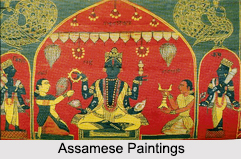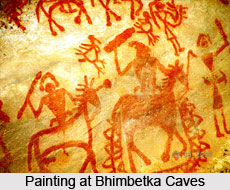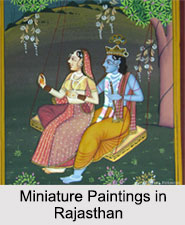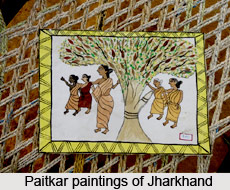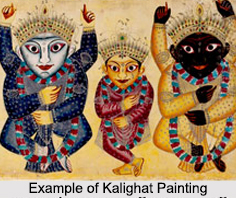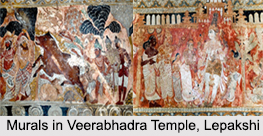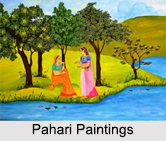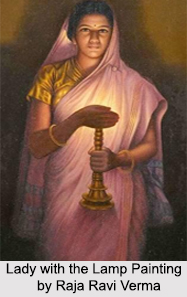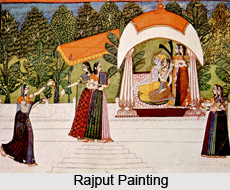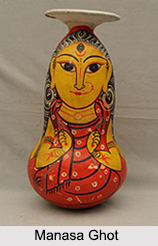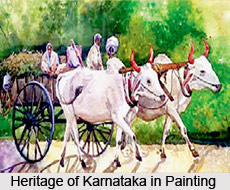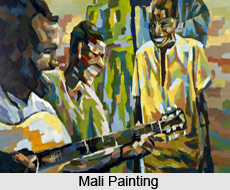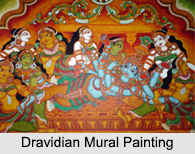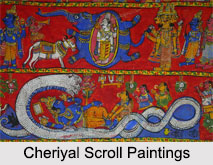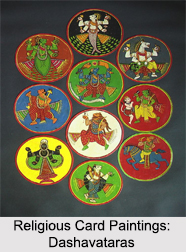 It is said that the custom of playing cards had been in vogue since the ancient times and were as favoured as chess or dice as a leisurely pursuit. It was during the time of the Mughal emperor Akbar that the concept of Ganjifa playing cards was introduced to India and was eventually spread to other regions. And by the end of the 16th century, there were several types of Ganjifa playing cards. It was during the rule of the Pala Dynasty that playing cards and the skill to paint religious cards became prevalent in the state of West Bengal.
It is said that the custom of playing cards had been in vogue since the ancient times and were as favoured as chess or dice as a leisurely pursuit. It was during the time of the Mughal emperor Akbar that the concept of Ganjifa playing cards was introduced to India and was eventually spread to other regions. And by the end of the 16th century, there were several types of Ganjifa playing cards. It was during the rule of the Pala Dynasty that playing cards and the skill to paint religious cards became prevalent in the state of West Bengal.
Description of Religious Card Paintings
It was only in the Bankura District of Bishnupur that the religious card paintings were crafted with motifs related to the Puranic theme: the 10 incarnations of Lord Vishnu or the Dashavataras. Introduction of these kinds of cards pertaining to a certain religion or faith, made Hinduism popular. It was very much different from the Mughal Ganjifa cards, be it in its content and rules. There were 10 suits of 12 circular cards each, which was a total of 120 cards.
Each suit of the Dashavataras cards of Bishnupur was named after an avatar of Lord Vishnu- Matsya (fish). Kurmo (turtle), Varaha (boar), Narasingha (half man- half lion), Vaman (dwarf), Parashuram (the axe- wielding sage), Lord Ram, Balaram (elder brother of Lord Krishna), Jagannath and lastly Kalki, the final incarnation of Lord Vishnu who is believed to destroy the corrupt present age and usher in Satyayug, an age of truth and justice.
The craftsmen who made these cards were given the title of Fouzdar or leader for their exceptional skills. The ingredients they used for these religious card paintings were fine cloth, chalk, tamarind seed resin, vermillion and vegetable dyes. The cloth was folded several times and the folds were pasted together with tamarind glue and alternatively, several pieces of cloth were glued together.
After the cloth is dried under sunlight, a paste of chalk is applied on both faces and the 2 surfaces are smoothened with a stone. When the base is finally ready, circular pieces of pre- fixed sizes are cut out from the cloth and the pictures of the avatars and their symbols are neatly painted on one side by using light brush strokes. Once the painting is completed, a paste of shellac and vermilion powder is applied on the reverse side of the card.
This traditional form of religious card paintings is a unique example of the Bengali folk art.
